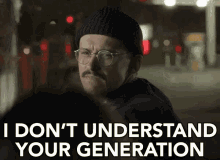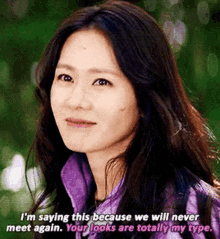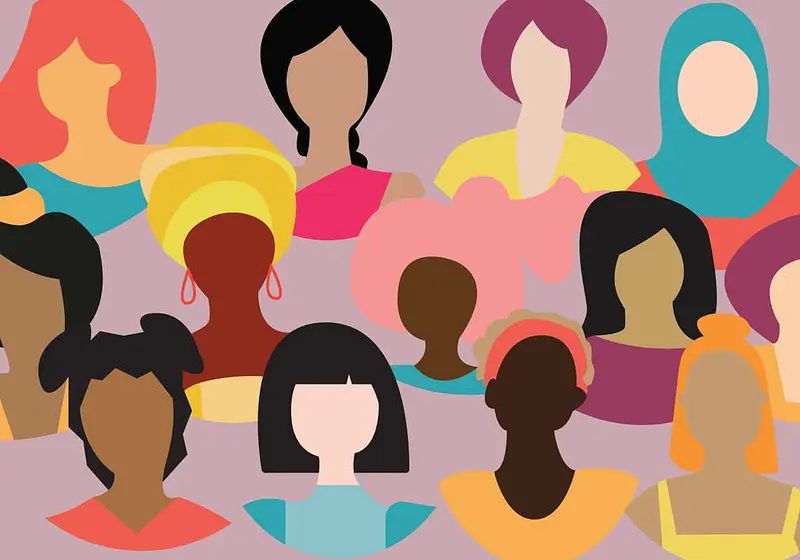rac·ism
/ˈrāˌsizəm/
noun
prejudice, discrimination, or antagonism directed against a person or people based on their membership in a particular racial or ethnic group, typically one that is a minority or marginalized.
George Floyd’s death under police officer Derek Chauvin’s knee led to the biggest outcry against racial injustice in the U.S. in generations. People across the country called for justice and racial equality in the midst of the killings of Daunte Wright, Rayshard Brooks, Daniel Prude, Breonna Taylor and many others. Recently, the supermarket shooting in Buffalo was another example of racially motivated crimes. Ten Black people were killed and three other people were injured due to a white man firing bullets at people because of their skin color.
In light of these events, some states have been actively updating their policing protocols and people are growing aware of the prejudice and bigotry America carries.
As a female POC in America, I experience microaggressions in my daily life. Subtle hints that make it clear that I’m different and not welcome to the masses.
In my quest to better understand America's environment and our long-standing history of racially motivated violence, I read an essay by Steven Roberts and Micheal Tizzo on present-day America and its racist roots; I took away a more nuanced understanding of the system as a whole and an understanding of what propels humans to act the way they do; I took away a clearer picture of our role as gen-Zers in today’s society, and I want to share my learnings with you.
Let us slide into your dms 🥰
Get notified of top trending articles like this one every week! (we won't spam you)It starts early.
The authors noted that people, as a whole, tend to see races and not individuals. They argue that this is something ingrained within us, from childhood; we are almost conditioned to act this way. According to their research, at around 3 years, children start classifying based on race, sowing the seeds for racial bias.
They believe that individuals treat their racial identity as a unifying factor; they think sharing their race with someone makes them part of the same ‘team’. And, as a result, segregation is born. They note that white Americans, on average, tend to have more contact with fellow white Americans than People of Color, due to this connection they feel because of their shared race.

Take the Quiz: Which Generation Matches Your Personality?
Discover the generation you truly belong to!
The media propagates racism.
Tizzo and Roberts also believe that the current hierarchy in society grants white Americans a status above others. Simple things like infomercials tend to feature predominantly white Americans, and God, for that matter, is also pictured as a white human. This extends to people in power; a majority of the lawmakers, politicians, and ‘doers’ are white, which further propagates this idea of white supremacy.
The authors note that passivism is the catalyst behind the racist ideology. Overlooking the construct of racism or being ignorant of the prevalence of racism in today's society tends to cause the most damage; they link this to the bystander effect in psychology: if you see others take conversations around race lightly, you are more inclined to do the same.
Why you should care
In summary, Tizzo and Robert's research hints at multiple factors supporting racism in the 21st century, including categorization, the majority portrayal of white Americans in the media, and passivism. We, as teens, and the leaders of the new generation are almost obligated to rectify matters. It is our duty to model the change we want to see; we need to lead educational and meaningful discussions around race, and encourage others to expand their worldview and understanding of others in society. This will help us pave the way for a just, fair and equal America in the decades to come.
P.S: You can read Tizzo and Robert's essay here: https://osf.io/w2h73/

















